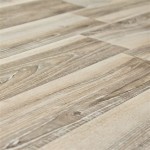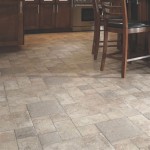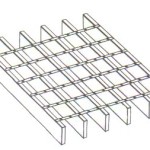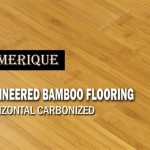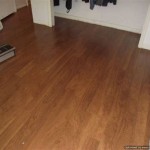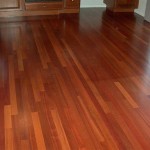Essential Aspects of Non-Resilient Flooring Types
When selecting flooring for your home or commercial space, understanding the different types available is crucial. One significant distinction is between resilient and non-resilient flooring. Non-resilient flooring, as the name suggests, is less forgiving to impacts and does not "bounce back" when compressed. This flooring type offers distinct advantages and considerations, which this article will explore in detail.
Types of Non-Resilient Flooring
Non-resilient flooring encompasses several materials, including:
- Ceramic Tile: Durable, water-resistant, and available in various colors and patterns.
- Porcelain Tile: Similar to ceramic tile but denser and more impervious to moisture.
- Natural Stone: Includes materials such as marble, granite, and limestone, offering a luxurious and unique look.
- Luxury Vinyl Tile (LVT): A newer option that mimics the appearance of wood or stone while being more durable and affordable.
- Hardwood: A classic choice known for its warmth, beauty, and natural grain patterns.
Advantages of Non-Resilient Flooring
Non-resilient flooring offers several advantages:
- Durability: These materials are highly resistant to scratches, dents, and wear and tear, ensuring longevity.
- Water Resistance: Ceramic and porcelain tiles, natural stone, and some LVT options are highly water-resistant, making them ideal for bathrooms, kitchens, and outdoor areas.
- Low Maintenance: Non-resilient flooring requires minimal cleaning and maintenance, typically involving sweeping, mopping, or vacuuming.
- Allergy-Friendly: Ceramic tile, porcelain tile, and hardwood do not trap dust or allergens, contributing to improved air quality.
Considerations for Non-Resilient Flooring
While non-resilient flooring offers numerous advantages, it also has some considerations to keep in mind:
- Coldness: Ceramic tile, porcelain tile, and natural stone can feel cold underfoot, especially in winter. Underfloor heating may be necessary for comfort.
- Hardness: These materials can be hard and unforgiving, making standing or walking on them for extended periods uncomfortable.
- Installation: Non-resilient flooring typically requires professional installation, which can be more costly than resilient options.
- Repairs: Fixing damaged non-resilient flooring can be difficult and expensive, as it often requires replacing individual tiles or planks.
Conclusion
Non-resilient flooring presents a range of durable, water-resistant, and low-maintenance options for residential and commercial spaces. However, it's essential to carefully consider the material's hardness, coldness, installation cost, and potential for repairs before making a decision. By weighing these aspects carefully, you can select non-resilient flooring that aligns with the specific needs and preferences of your space.

Types Of Resilient Flooring Floor Guide Precision

Resilient Flooring Vs Non Cfic

The 7 Types Of Resilient Flooring Floor Trends Installation

Resilient Flooring Vs Non Cfic

The 7 Types Of Resilient Flooring Floor Trends Installation

Best Flooring Types For Each Room Of The House Decorilla Interior Design

Resilient Flooring Types Of Used In Buildings

What Is Resilient Flooring

Is Resilient Flooring Or Hard Surface Better For My Facility
Types Of Resilient Flooring A Durable Coverings Materials Civiconcepts
Related Posts


